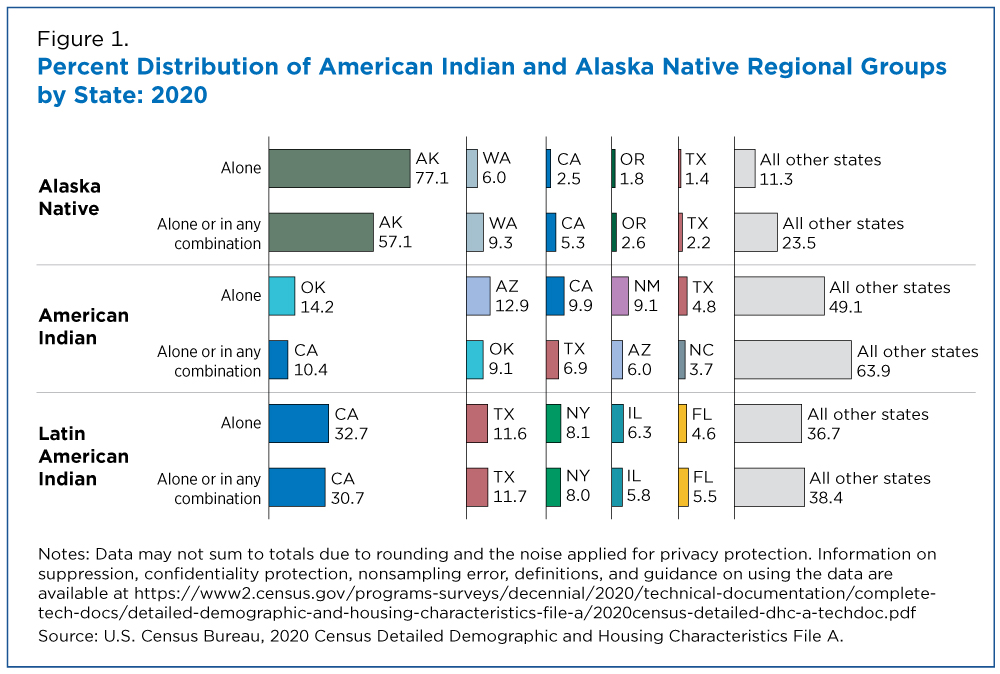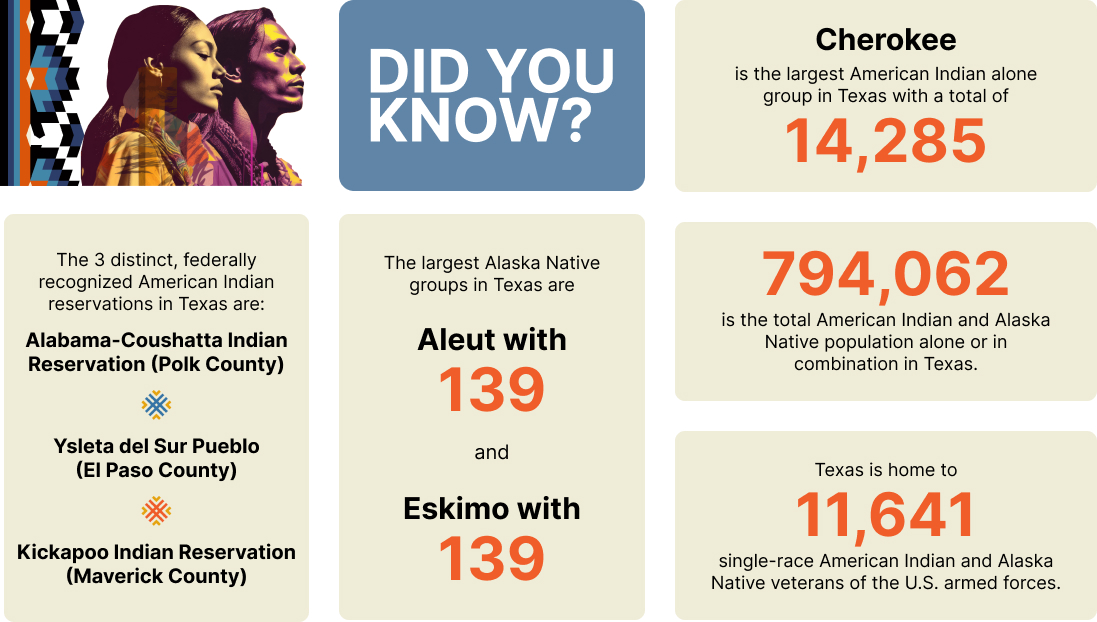
Native American Tribal Demographics: Population Trends and Tribal Enrollment Statistics
The story of Native American demographics is one of profound resilience, a narrative etched in the face of centuries of devastating policies and challenges. From a pre-Columbian population numbering in the millions, through catastrophic decline, to a modern resurgence, understanding these population trends and the intricacies of tribal enrollment is crucial for grasping the contemporary landscape of Indigenous nations in the United States. It’s a complex tapestry woven with threads of history, sovereignty, cultural identity, and federal policy.
For millennia before European contact, North America was home to a vibrant mosaic of Indigenous civilizations, with population estimates ranging widely from 2 million to 18 million across the continent. These societies boasted intricate political structures, diverse economies, and rich cultural traditions. However, the arrival of Europeans unleashed a cataclysm. Diseases against which Native peoples had no immunity—smallpox, measles, influenza—decimated populations, often killing 90% or more of a community within a few years. This biological warfare, often unintentional but sometimes deliberate, was compounded by violent conflicts, forced removals, and policies of assimilation that further eroded Indigenous numbers and ways of life.
The nadir of this demographic collapse occurred around the turn of the 20th century. By 1900, the Native American population in the United States had plummeted to an estimated 250,000, a stark and tragic testament to the genocidal impacts of colonization. This figure represented less than 2% of their pre-contact numbers, a demographic low point that many scholars refer to as a "statistical near-extinction."
However, the 20th century marked the beginning of a remarkable recovery. Driven by improved public health, increased birth rates, and crucially, a renewed sense of pride and self-identification, the Native American population began to rebound. This resurgence gained significant momentum from the 1960s onwards, coinciding with the Red Power movement and an era of increasing self-determination for Indigenous nations.
Modern population trends reveal a dramatic and ongoing increase. According to the U.S. Census Bureau, the population identifying as American Indian and Alaska Native (AIAN) alone or in combination with one or more other races has soared. In the 1960 Census, approximately 523,591 people identified as AIAN. By the 2020 Census, this figure had exploded to 9.7 million, representing 2.9% of the total U.S. population. Even considering those who identify as AIAN alone, the number reached 3.7 million in 2020, up from 2.9 million in 2010. This makes AIAN one of the fastest-growing racial groups in the country.

A significant factor in this growth is the increasing propensity for individuals with Native American ancestry to self-identify on census forms. Historically, many individuals with Native heritage, particularly those with mixed ancestry, might have identified with another racial group due to societal pressures, discrimination, or a lack of connection to their Indigenous roots. As attitudes have shifted and pride in Native heritage has grown, more people are choosing to acknowledge their full ancestry. The "Two or More Races" category, introduced in the 2000 Census, has further facilitated this, allowing individuals to more accurately reflect their multi-racial identities.
Geographically, Native American populations are diverse. While reservations and trust lands remain vital cultural and political centers for many tribes, approximately 70% of individuals identifying as AIAN now live in urban areas, a trend that began in earnest with federal relocation policies in the mid-20th century. Major cities like Phoenix, Los Angeles, Oklahoma City, and New York boast significant and vibrant Native American communities, often comprising individuals from dozens of different tribal nations.
While census data provides a broad picture of self-identification, tribal enrollment statistics offer a more precise, albeit complex, measure of formal affiliation with a specific Indigenous nation. Tribal enrollment is distinct from racial self-identification; it signifies membership in a sovereign political entity. There are 574 federally recognized tribes in the United States, each possessing the inherent right to determine its own citizenship criteria, a cornerstone of tribal sovereignty.
The criteria for tribal enrollment vary significantly from one nation to another. The most common methods include:
- Blood Quantum (B.Q.): This is perhaps the most contentious and historically charged criterion. Blood quantum refers to the fraction of a person’s ancestry that is attributed to a specific tribe. For example, a person might be required to be 1/4th or 1/8th Cherokee by blood. The concept of blood quantum was largely imposed by the federal government during the allotment era (late 19th/early 20th centuries) as a tool to define who was "Indian enough" to be eligible for land allotments and, later, to diminish tribal populations and claims. Many tribes adopted B.Q. requirements, sometimes to protect limited resources or assert identity in the face of federal pressures. However, critics argue that B.Q. is a colonial construct that can lead to "paper genocide," where tribes risk disappearing as intermarriage naturally dilutes blood quantum over generations, potentially making future descendants ineligible for enrollment.
- Lineal Descent: Many tribes have moved away from or supplemented blood quantum requirements with lineal descent, meaning a person must prove direct ancestry from a specific tribal member listed on historical rolls (e.g., the Dawes Rolls for Cherokee, Choctaw, Chickasaw, Creek, and Seminole Nations). This method emphasizes ancestral connection over a specific blood fraction.
- Residency and Community Ties: Some tribes may also consider residency on tribal lands, participation in tribal cultural activities, or other demonstrations of community engagement as part of their enrollment criteria.

The implications of tribal enrollment are profound. Membership typically grants access to a range of tribal and federal services, including healthcare (through the Indian Health Service), housing programs, educational assistance, and sometimes per capita payments from tribal enterprises like casinos. Conversely, the inability to enroll can mean being excluded from these vital resources, even for individuals who deeply identify with their Native heritage.
The issue of disenrollment – the removal of individuals from tribal rolls – has also become a contentious topic in recent decades. Driven by political disputes, conflicts over casino revenues, or disagreements over enrollment criteria, hundreds of individuals have been disenrolled from various tribes, often severing their connection to their ancestral nation and its resources. This practice highlights the immense power tribes hold in defining their own membership and the profound impact these decisions have on individuals’ lives and identities.
Beyond enrollment, other demographic characteristics paint a picture of ongoing challenges and resilience. Native Americans, on average, have a younger population median age compared to the U.S. general population. However, they also face significant health disparities, including lower life expectancy, higher rates of chronic diseases like diabetes, and disproportionate rates of infant mortality and suicide. Socioeconomic indicators also reveal persistent disparities, with higher poverty rates, lower educational attainment, and higher unemployment compared to the national average, though these vary widely between tribes and regions. The U.S. Commission on Civil Rights noted in a 2018 report, "While significant progress has been made, disparities persist for Native Americans in almost every measure of well-being."
Looking to the future, Native American demographics will continue to evolve. The growth in self-identification is likely to continue, reflecting a broader societal acceptance and increasing pride in Indigenous heritage. However, the internal debates surrounding blood quantum and enrollment criteria will remain critical, shaping the very definition of tribal nationhood. As tribal leaders and communities grapple with balancing tradition, sovereignty, and the realities of modern identity, these discussions will determine who belongs and how tribal nations will sustain their cultural and political vitality.
The demographic story of Native Americans is a powerful testament to survival, adaptation, and the enduring strength of Indigenous cultures. It is a narrative that demands respect for tribal sovereignty, an understanding of complex identities, and a recognition of the ongoing journey toward self-determination and well-being for all Native peoples. The numbers tell a story not just of population counts, but of a people who have overcome immense adversity to reclaim their place, assert their rights, and continue to thrive.